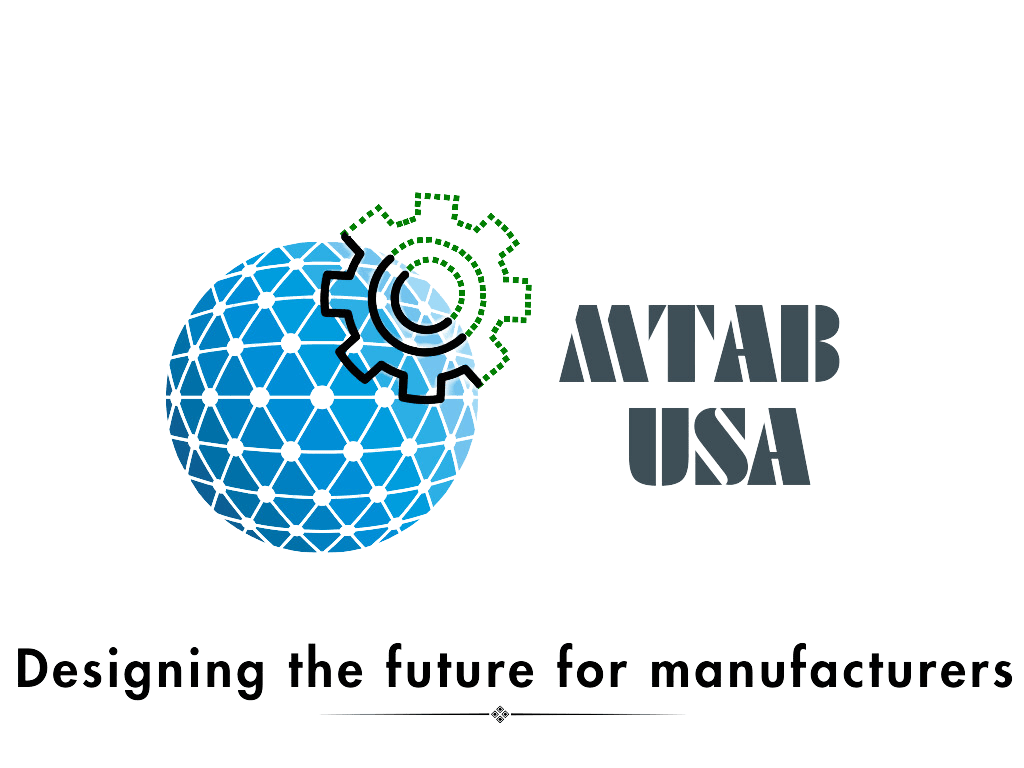How Digital Twins support the Connected Workers

Summary
Manufacturers today face growing challenges in workforce training, compliance, and operational efficiency. In this article, we consider an engineering goods manufacturer with 200 employees, high employee turnover rates (20%) requiring training 40 new workers annually, while maintaining production targets. Traditional onboarding methods—relying on experiential knowledge, paper-based checklists, and manual supervision—are inefficient and unsustainable.
This article explores how Digital Twins and Connected Worker technologies can transform operations by:
Reducing training time with digital work instructions and AI-powered tools.
Enhancing compliance through automated PPE verification and real-time tracking.
Improving maintenance efficiency using predictive analytics and remote expert support.
Standardizing workflows to reduce variability and improve productivity.
To successfully integrate Digital Twins & Connected Worker solutions, manufacturers should:
Start Small – Prioritize high-impact areas like safety, compliance, and training.
Improve Digital Literacy – Train employees on digital dashboards, AR tools, and cybersecurity.
Select Scalable Tools – Choose tools that will grow with your needs and interface with ERP/MES/QMS to build a digital thread across manufacturing.
For a longer read, please see below.
The Workforce Challenge in Modern Manufacturing
Imagine the first day for newly hired workers at an engineering factory with 200 employees. The supervisor walks them through the production line, explaining safety procedures, compliance measures, assembly processes, and reporting structures. It’s an overwhelming amount of information. To ease the transition, the supervisor assigns each new hire a "buddy" for on-the-job training. This informal approach relies heavily on experiential knowledge and real-time learning, requiring an annual average of 40 to 65 hours per new worker and 40 to 60 hours per training buddy.
However, this factory faces a 20% employee turnover rate, meaning 40 new workers must be trained annually. The challenge? Ensuring structured, scalable training while maintaining production targets. Supervisors and experienced workers must balance productivity with knowledge transfer, all while new hires try to absorb a firehose of information.
This scenario is common among small and mid-scale manufacturers. Traditional onboarding and skill development methods are inconsistent, inefficient, and difficult to scale. Manufacturers need a Connected Worker strategy to improve training, compliance, and workforce efficiency.
Key Pillars of the Connected Worker Strategy
Instead of attempting an all-at-once transformation, manufacturers must prioritize critical areas for digital adoption. A factory digital twin serves as the foundation, enabling the workforce to visualize assets, processes, and systems while simulating different scenarios for optimization.
A parameterized digital twin enables manufacturers to:
Identify blind spots and process inefficiencies.
Define key measurements for compliance and quality control.
Detect skill gaps and create targeted training programs.
Standardize complex workflows for consistency and repeatability.
However, adopting digital twins is not just a technology shift—it is a workforce transformation. Employees must adapt to new processes, requiring strong digital literacy and an incremental approach to change management. Digital twins can drive engagement, structured training, and enthusiasm for innovation when introduced strategically.
Leveraging Digital Twins & AI for Workforce Transformation
For manufacturing leaders, ensuring workforce safety and compliance is critical. Traditionally, these functions have relied on manual checks, but digital twins and AI can enhance safety, training, and efficiency in real time.
Example 1: Enhancing Safety Compliance with AI & PPE Verification
The Challenge: OSHA mandates that workers wear Personal Protective Equipment (PPE) on the shop floor, and supervisors must manually verify compliance every shift. This process is time-consuming and prone to human error.
The Solution: AI-powered computer vision systems can automatically check PPE compliance, augmenting supervisors' inspections. These systems send real-time alerts when non-compliance is detected, ensuring safety standards are met without disrupting production flow.Example 2: Creating a dynamic program for Maintenance on Evolving Production Lines
The Challenge: Many manufacturers rely on paper-based checklists and tribal knowledge, making it difficult to analyze, transfer knowledge, track failures, and schedule preventative maintenance effectively.
The Solution: A digital twin of the production line combined with AI-powered analytics can:
Capture critical signals and operational patterns from machines.
Standardize maintenance workflows, ensuring systematic issue detection.
Alert workers to anomalies, reducing the risk of unexpected failures.
Enable remote troubleshooting, allowing less experienced workers to collaborate with senior technicians via real-time video and digital insights.
A Practical Guide for Implementing a Connected Worker Strategy
Successfully integrating digital twins with connected worker technology requires a structured roadmap. Each phase must be carefully planned to deliver clear, measurable benefits.
1. Start Small with High-Impact Areas
Identify critical processes where Connected Worker solutions will improve safety, training, and productivity.
Launch pilot projects in PPE compliance, maintenance workflows, or remote support before expanding factory-wide.
Bring together experienced staff and digitally savvy new workers to document and digitize work instructions.
2. Improve Digital Literacy Across the Factory
Train employees on digital work instructions, dashboards, and AR applications.
Provide role-based training so each team understands how digital tools impact their workflow.
3. Prioritize Cybersecurity in the Digital Transition
Train workers on cyber hygiene, including logging, password management and threat detection.
Ensure role-based access for secure data handling in equipment, training infrastructure, IoT devices, and cloud-based digital twins.
4. Choose the Right Tools & Solutions for Your Workforce
Select user-friendly platforms that integrate with existing or future ERP, MES, or QMS systems.
Ensure the solutions support worker success, regulatory compliance, and safety requirements.
Measuring the ROI of Connected Worker Technologies
Manufacturers need clear Return on Investment (ROI) metrics to justify digital transformation initiatives. Studies by McKinsey & Company, Deloitte, and the World Economic Forum indicate the following improvements in manufacturing:
✔ 30-50% reduction in new employee training time through digital work instructions & AR guidance.
✔ 20-30% decrease in product defects using AI-powered quality inspections.
✔ 50% reduction in compliance audit preparation time via automated digital tracking.
✔ Higher worker retention through improved training, knowledge capture, and reduced physical strain.
✔ Reduction in downtime costs through AI-driven maintenance alerts & remote troubleshooting.
Conclusion: Talent is the new capital and connected workforce strategy allows organizations to grow that capital beneficially.
For small and mid-sized engineering manufacturers, embracing the Connected Worker approach is no longer a luxury—it is a strategic necessity. With aging workforces, increasing compliance demands, and talent shortages, companies must modernize training, streamline compliance, and retain knowledge before expertise is lost.
By integrating digital twins, AI, and connected worker technologies, manufacturing firms can create scalable, efficient, and responsive operations that empower their workforce and drive long-term growth. The time to start is now.
Where Do You Start?
Are you considering adopt new solutions for workforce training and compliance? Let’s discuss solutions that fit your unique needs and build a Connected Worker strategy that ensures the success of your factory’s next-generation workforce.
